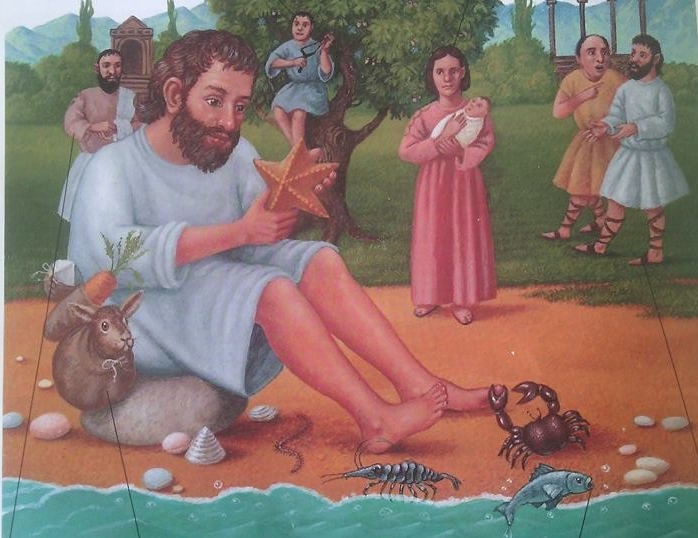
This research examines Aristotle’s works on natural science (including the Peripatetic Problems, treatises on animals, Physics, De Caelo, De Generatione et Corruptione, De Mundo, and the Parva Naturalia), which are (mis)quoted, illustrated and epitomised in works on zoology, health, reproduction, gynaecology, and more occult matters.
Firstly, Peter Swallow investigates the enduring presence of Aristotle’s works on natural science, especially in the later post-Darwinian 19th century attention, and his zoological works which were disseminated in translation, digest and excerpt ranging from Richard Creswell’s History of Animals (1864) and George Henry Lewes’ Aristotle: a Chapter from the History of Science including Analyses of Aristotle's Scientific Writings (1864) to the serialised investigation of Aristotle’s science in Boy’s Own Magazine (1862).
Secondly, Rory McInnes-Gibbons looks into the semi-underworld texts published under Aristotle’s name pertaining to sex and reproduction, with titles such as Aristotle’s Masterpiece and Secreta Secretorum. The history of these sex manuals has been previously researched, but numerous editions, often with racy illustrations, continued to appear until at least the 1920s (Molly Bloom owns one in James Joyce’s 1922 Ulysses). Some include material derived from Aristotelian zoological works or Problems, but the precise relationship to Aristotle’s own works has received little attention.
Thirdly, we look at Aristotle’s ambiguous status as both a respected astronomer and as a supposed authority on astronomy and dream interpretation. And finally, we delve into Timothy Taylor’s 1811 translation of the scientific treatises which made Aristotle’s work more accessible than ever before.